Dry White Wine
Our climate is a little more forgiving to our white grapes, compared to the rigors of ripening red ones. Achieving the proper balance of color, tannin, and sweetness for reds takes a lot of time and energy on the vine’s part. Comparatively, the light skinned varieties only need worry about a little aroma and sweetness (potential alcohol which in turn impacts body). Color, aroma, and tannin development are all important ques for our animal friends to know when the grapes are good enough to eat, and the seeds are therefore ripe enough to be “deposited” somewhere down the line.
Please click on the various types of wines to see their flavor profile and description.
* = not currently available
Carmé*
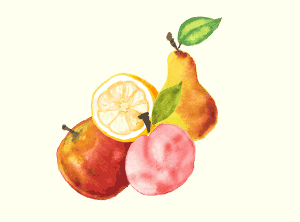
This is our premium white, similar in style to the lighter white wines of Burgundy and Muscadet. Crisp, clean and balanced. Named after the matriarch of the family, Carmella. After six years, these vines are coming into their own and finding their balance.
Seyval
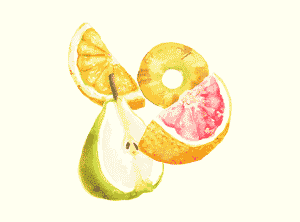
Stalwart. This venerable old variety from France has been creaking around the world for close to one hundred years, and in our vineyard for twenty-six. Never a problem in the vineyard, always looking happy and content. Versatile in the winery. Depending on the weather of a particular vintage, it can run the taste gamut from austere to lush. It goes well with heavy fish like tuna or salmon, and with spicy chicken dishes.
Seyval Reserve*
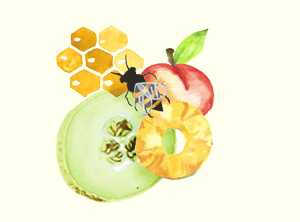
Every few years the balance between sunshine and rain during mid to late summer is perfect. All of the clusters look like drops of honey. For some reason, birds, bees, and yellow jackets leave them untouched, perhaps out of reverence. For these grapes, we bought new American Oak barrels in which to raise the wine from adolescence to maturity.
Frontenac Gris*
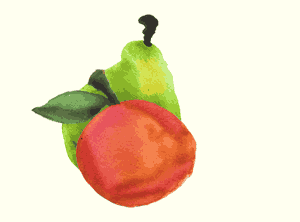
Weighty, full, and substantial. Early and uniform ripening allow for non-typical styles of wine for this area. Acids are subdued, nuances abound. In the vineyard, there is still a lot to learn about its potential. In the winery, we just go along for the ride. So far it has produced a traditional dry white, a late harvest barn burner and, of late, an archaic “orange” style of wine.
Joi*

Garden in a glass, the joy of Muscat. An aroma that commands attention, to the point of forgetting where you are. Chilled with a few frozen grapes it can be transformative. Lips curl, eyes close the mind wanders. How could the ancients keep that smell around for a while-wine, of course.
Arancia*
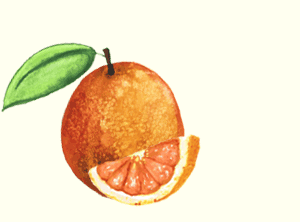
Technically a white wine, our Arancia is what has come to be called “orange wine” by modern wine pundits. They have traditionally been produced in the Caucasus area for some 6,000 years. They are not made from oranges, but differ from ordinary white wines in the high phenol content, which makes them more similar to red wines (apart from their lack of a true red color).
Moonlight White
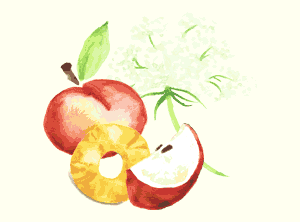
Riesling was one of the first varieties we planted back in the day. It grew beautifully, but would rarely ripen enough to make a classic wine. Riesling needs a lot longer growing season than we can give it in most years. Fortunately, the good folks at Cornell University had the answer-Cayuga White. A progeny of Seyval, with a flavor profile similar to Riesling, but ripening much earlier. Excellent with crab legs, or with German sausage and paté.
